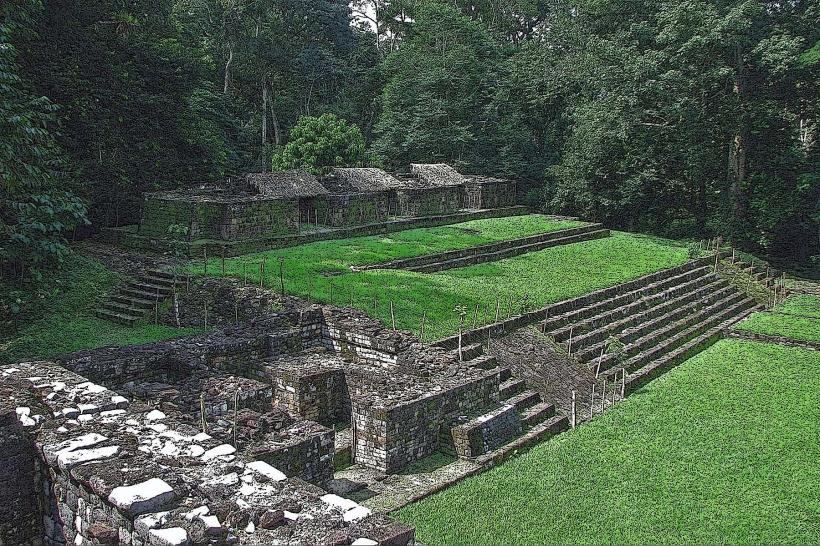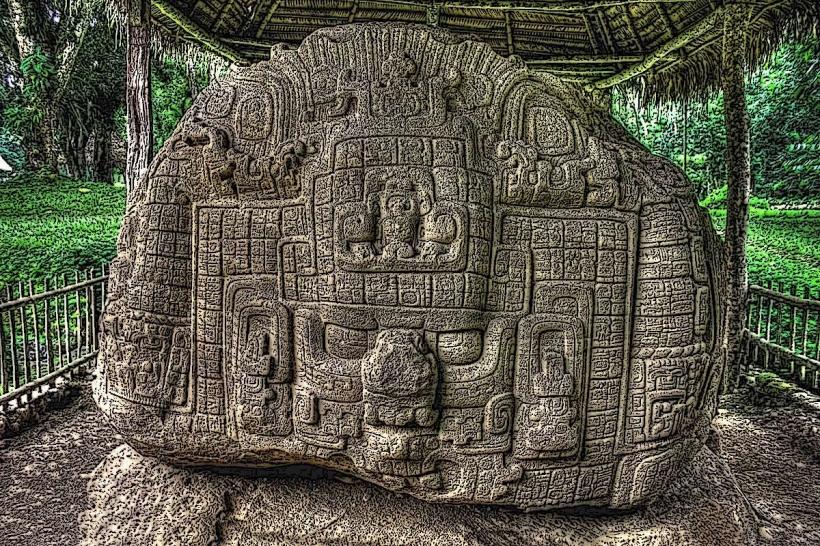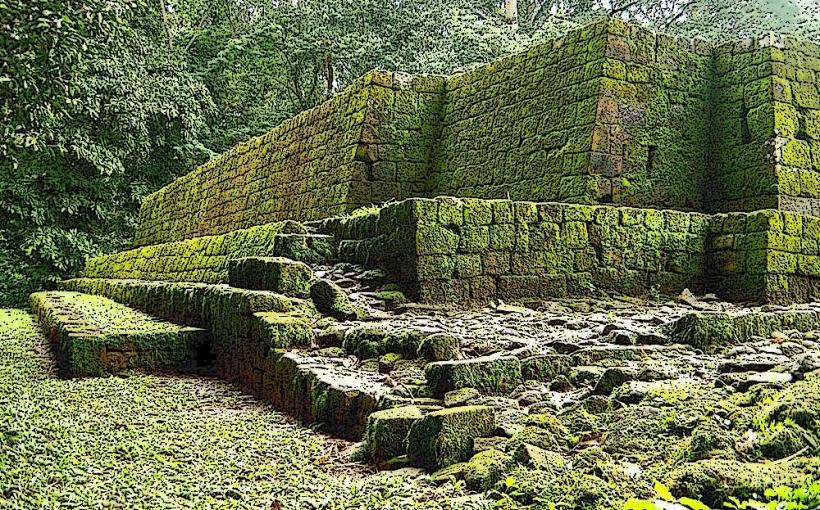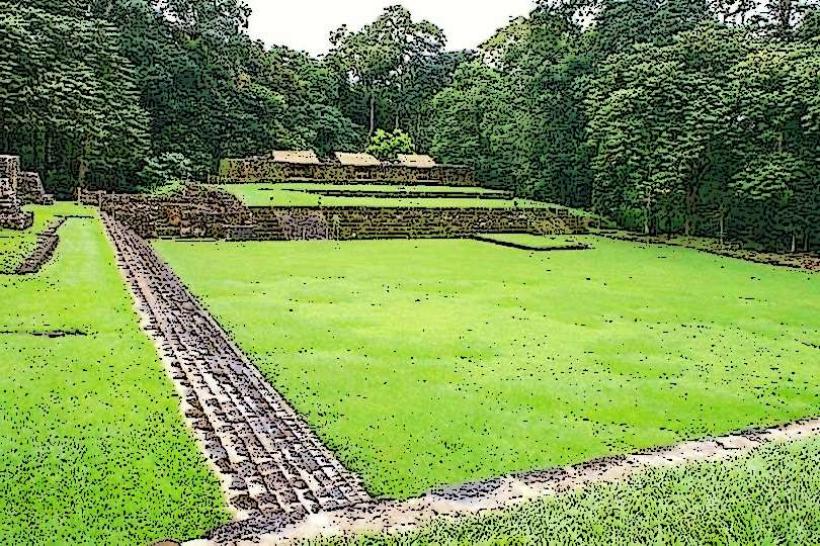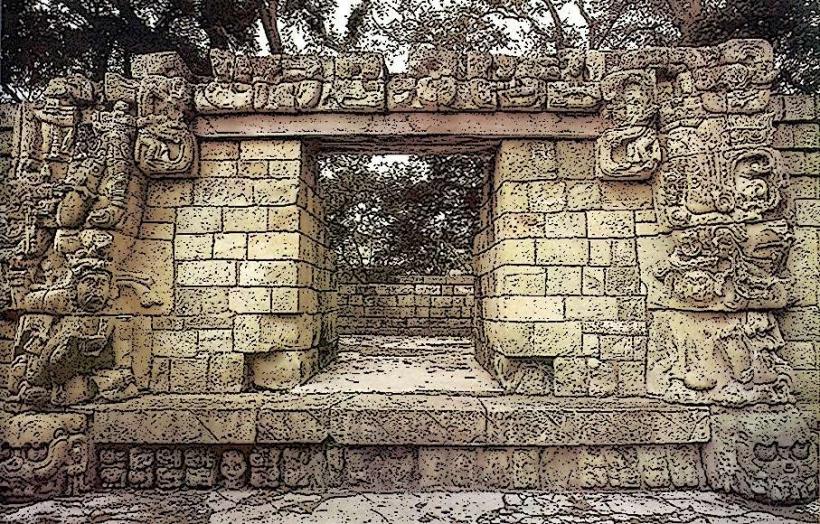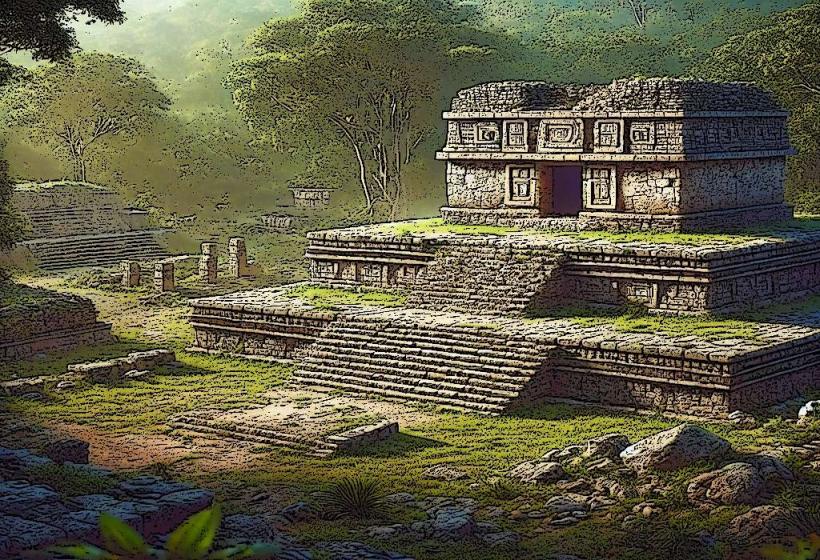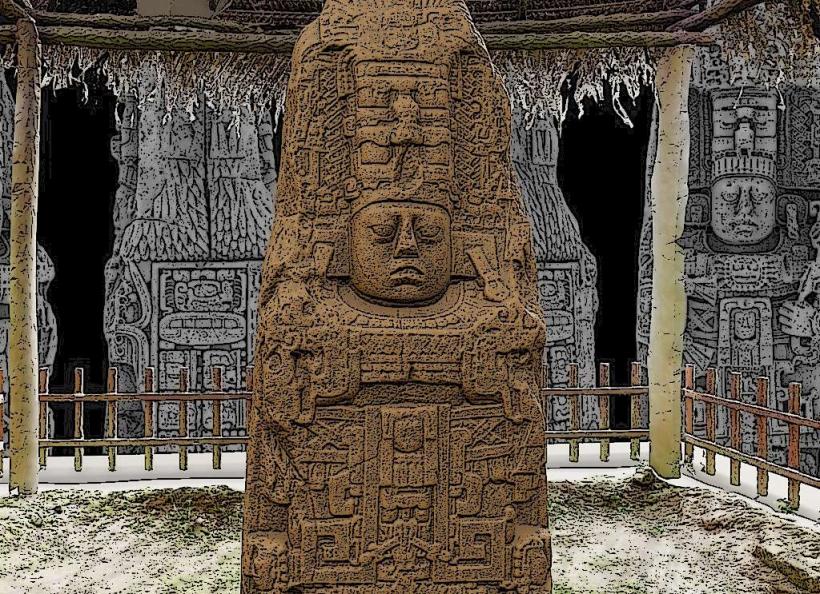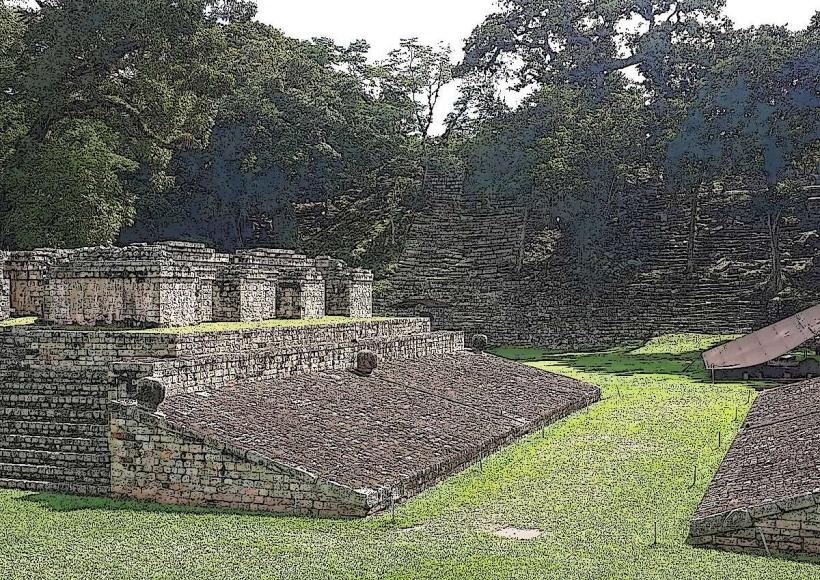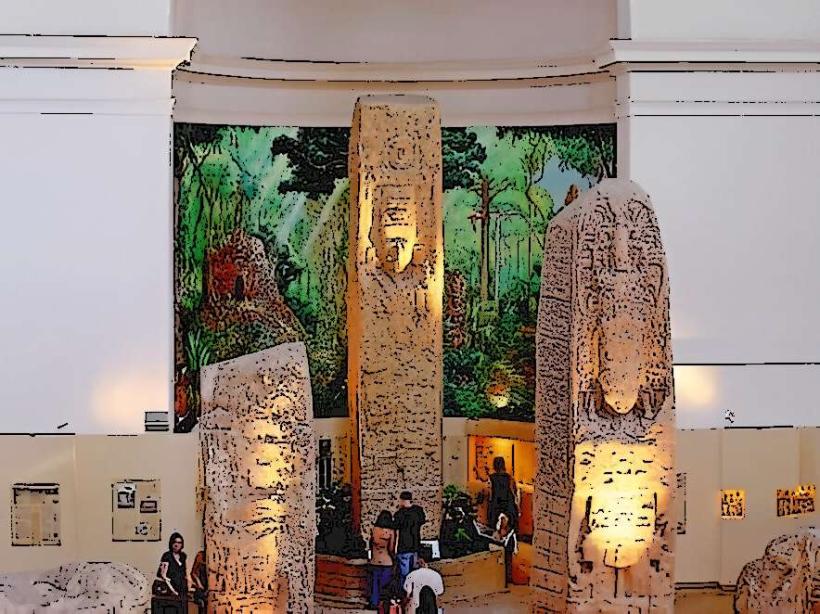Information
City: QuiriguaCountry: Guatemala
Continent: North America
Quiriguá is an ancient Maya archaeological site located in the Izabal Department of Guatemala, near the banks of the Motagua River. It is known for its remarkable stelae (large stone monuments) and well-preserved examples of ancient Maya art and architecture. Quiriguá is considered one of the most significant Maya cities in the eastern lowlands of Guatemala and is particularly noted for its unique sculptures and intricate carvings.
History
Quiriguá's history dates back to the Preclassic period of the Maya civilization, around 400 BCE. However, it rose to prominence during the Classic period (circa 250 CE to 900 CE), particularly between the 7th and 9th centuries when the site became a powerful city-state within the Maya lowlands.
The city was originally part of the Maya region known as the Classic Maya Lowlands, but by the 8th century, it became an independent polity. One of the most notable historical events in Quiriguá’s history was its conflict with the powerful Maya city of Copán, which is located just across the border in Honduras. Quiriguá gained independence from Copán around 738 CE, after a dramatic victory. This resulted in a dramatic increase in its power and influence, which is reflected in the grandeur of its monuments.
Quiriguá eventually went into decline around the 9th century, a period that saw the collapse of many major Maya cities due to factors such as environmental stress, resource depletion, and political instability. The exact reasons for Quiriguá’s abandonment are unclear, but like other Maya cities, it likely suffered from these same challenges.
Archaeological Significance
Quiriguá is primarily known for its stunning stelae, which are large stone monuments that were often used by the Maya to commemorate rulers, events, or significant religious occasions. These monuments are one of the defining features of the site and are considered some of the finest examples of Maya sculpture and carving.
The stelae of Quiriguá are particularly famous for their intricacy and size. In fact, Quiriguá is home to some of the tallest stelae in the Maya world, with one of them, Stela D, reaching a height of approximately 10 meters (33 feet), making it the tallest Maya stela ever discovered. These stelae are intricately carved with portraits of rulers, as well as hieroglyphic texts that provide insight into the political and religious practices of the city.
In addition to the stelae, Quiriguá also has other important monuments, including altars, platforms, and a ballcourt. The acropolis area contains several of these important structures, and much of the site’s archaeology provides detailed evidence of Quiriguá’s role in Maya politics, religion, and art.
Quiriguá is also important for its Maya hieroglyphic inscriptions, which offer one of the richest collections of texts from the ancient Maya civilization. These inscriptions, though complex, have provided invaluable insight into the history of the Maya kings, their dynasties, and their relationships with other Maya cities, such as Copán.
Key Features of Quiriguá
Stelae: The site is home to eight stelae, each one carved with elaborate depictions of rulers and detailed hieroglyphic texts. The carvings on the stelae tell the stories of Quiriguá’s rulers and their military and religious accomplishments.
The Grand Stela (Stela D): Stela D is particularly notable because it is the tallest of all Maya stelae, measuring about 10 meters (33 feet) tall. It commemorates the victory of the ruler K'ak' Tiliw Chan Yopaat over the city of Copán.
The Acropolis: The acropolis at Quiriguá contains many of the key monuments, including altars and stelae. It is the central ceremonial area of the city.
Altar Q: This is a large, carved stone altar that serves as a platform for ceremonies. It features intricate carvings and hieroglyphs and is one of the most significant artifacts at the site.
Ballcourt: Like many other Maya cities, Quiriguá had a ballcourt, used for ceremonial games. The ballgame held symbolic importance in Maya culture, often representing cosmic struggles or interactions between gods.
Acropolis: A group of important buildings, likely for the elite class of Quiriguá, it housed monumental sculptures and altars.
The Hieroglyphic Stairway: Another significant feature is a stairway adorned with hieroglyphs that tell of important events and the city’s political history. It provides insight into the governance and rulers of Quiriguá.
Art and Architecture
The art of Quiriguá is highly sophisticated and unique within the Maya world. Its stelae and altars are adorned with fine detail, depicting elaborate designs, intricate portraits of rulers, and scenes of ritual and warfare. The carvings on these monuments are renowned for their high relief and depth of detail, with scenes often filled with symbolic imagery that reflects both the political and spiritual world of the Maya.
The Maya architecture at Quiriguá follows typical patterns for the region, with buildings constructed primarily from stone and lime plaster. Many of the buildings at the site were used for ceremonial purposes, including the ballcourt and temple areas, which were central to the religious and social life of the city.
Discovery and Excavation
Quiriguá was first discovered in the 19th century by European explorers, but significant archaeological excavations began in the 20th century. The site was officially declared a UNESCO World Heritage Site in 1981, recognizing its cultural and historical importance. Archaeological work continues to this day, uncovering more information about the site’s inhabitants and their way of life.
Tourism
Today, Quiriguá is a popular archaeological site, especially for those interested in Maya history and art. It is part of the Maya Biosphere Reserve and is relatively accessible from Livingston on the Caribbean coast of Guatemala. Visitors can explore the site’s monuments, stelae, and acropolis while learning about the ancient Maya civilization.
Nearby, the Biotopo Chocón Machacas, a nature reserve, offers opportunities to observe local flora and fauna, including howler monkeys and a variety of bird species. The reserve also houses the Chocón Machacas Lagoon, a peaceful natural area with tranquil waters and abundant wildlife.
Environmental Concerns
Like many archaeological sites, Quiriguá faces environmental challenges, such as the preservation of its monuments and the surrounding ecosystem. The site is located in a humid tropical environment, which can accelerate the erosion of the stone structures. There are ongoing efforts to preserve the site and its artifacts while balancing tourism and environmental sustainability.
Conclusion
Quiriguá is an essential archaeological site that provides a fascinating glimpse into the grandeur of the Maya civilization. Its towering stelae, intricate carvings, and historical significance make it one of the most important Maya sites in Guatemala. Whether you're an avid historian, archaeologist, or just a visitor interested in ancient cultures, Quiriguá offers a wealth of knowledge and an unforgettable experience.

